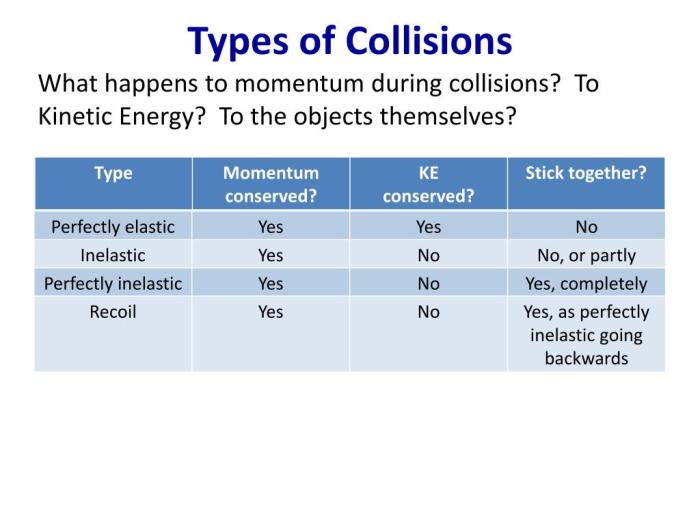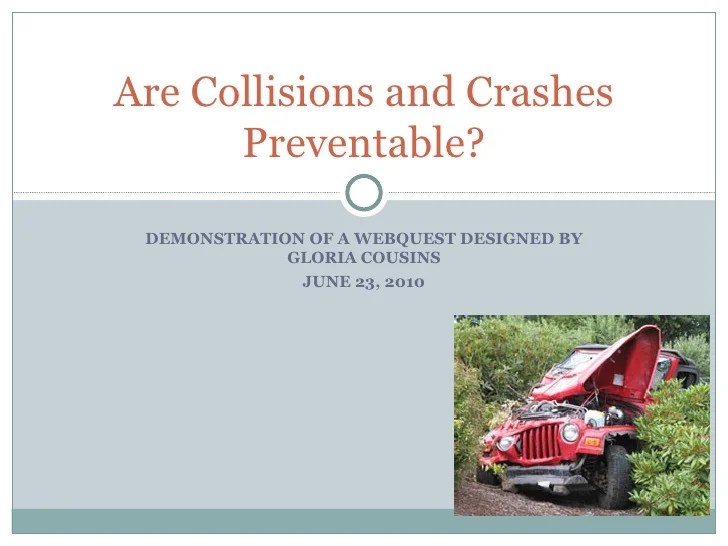The majority of collisions are preventable through understanding the causes and implementing effective solutions. Statistics reveal a significant number of avoidable crashes, highlighting the urgent need to address this issue. Various factors contribute to preventable collisions, including driver behavior, road conditions, and vehicle maintenance, demanding a comprehensive approach to mitigate these risks.
Common causes of preventable collisions include speeding, distracted driving, and impaired driving. Addressing these issues requires a combination of driver education, training, and awareness campaigns, emphasizing the significance of responsible driving practices. Technological advancements also play a crucial role, with lane departure warning systems and automatic emergency braking offering potential benefits in preventing collisions.
1. Understanding the Prevalence of Preventable Collisions
Collisions are a major public health concern, resulting in numerous fatalities and injuries each year. A significant proportion of these collisions are preventable, highlighting the need to address the underlying factors that contribute to their occurrence.
According to the National Highway Traffic Safety Administration (NHTSA), an estimated 94% of all traffic crashes are preventable. This staggering statistic underscores the urgent need for comprehensive strategies to reduce preventable collisions and improve road safety.
Factors Contributing to Preventable Collisions
- Driver behavior (e.g., speeding, distracted driving, impaired driving)
- Road conditions (e.g., poor visibility, inadequate signage)
- Vehicle maintenance (e.g., faulty brakes, worn tires)
2. Identifying Common Causes of Preventable Collisions
Speeding
Speeding is a major factor in preventable collisions. Excessive speed reduces reaction time, impairs judgment, and increases the severity of crashes.
Drivers should adhere to posted speed limits and adjust their speed based on road conditions and visibility.
Distracted Driving
Distracted driving, including using cell phones, texting, and eating, diverts attention away from the road, increasing the risk of collisions.
Drivers should eliminate all distractions while operating a vehicle.
Impaired Driving
Impaired driving due to alcohol or drug use significantly impairs cognitive and physical abilities, leading to poor judgment and increased crash risk.
Drivers should never drive under the influence of alcohol or drugs.
3. Analyzing the Role of Driver Behavior in Preventable Collisions
Psychological and Behavioral Factors
Cognitive biases, such as overconfidence and risk-taking behavior, contribute to preventable collisions.
Driver education, training, and awareness campaigns can help mitigate these biases and promote safe driving practices.
Importance of Education and Awareness
Educating drivers about the consequences of unsafe behavior, including speeding, distracted driving, and impaired driving, is crucial for reducing preventable collisions.
Public awareness campaigns can raise awareness of these risks and encourage safer driving habits.
4. Exploring Technological Advancements to Prevent Collisions

Lane Departure Warning Systems
Lane departure warning systems use sensors to detect when a vehicle is drifting out of its lane and alert the driver with visual or audible cues.
These systems can help prevent collisions caused by driver fatigue or distraction.
Automatic Emergency Braking, The majority of collisions are preventable through
Automatic emergency braking systems use sensors to detect potential collisions and automatically apply the brakes if the driver fails to react in time.
These systems can significantly reduce the severity of collisions and prevent fatalities.
5. Evaluating the Effectiveness of Road Safety Measures

Speed Limits
Speed limits are designed to reduce the risk of collisions by limiting vehicle speeds on specific roadways.
Studies have shown that reducing speed limits can lead to a decrease in collision frequency and severity.
Traffic Signals
Traffic signals regulate the flow of traffic and prevent collisions at intersections.
Properly timed and maintained traffic signals can improve traffic flow and reduce the risk of crashes.
Roundabouts
Roundabouts are circular intersections that eliminate the need for traffic signals and reduce the risk of T-bone collisions.
Studies have shown that roundabouts can significantly reduce collision frequency and severity compared to traditional intersections.
6. Developing Strategies for Reducing Preventable Collisions

Enhancing Driver Education and Training
Improving driver education and training programs can equip drivers with the knowledge and skills necessary to prevent collisions.
This includes educating drivers about safe driving practices, recognizing and mitigating risks, and using advanced safety technologies.
Promoting Public Awareness Campaigns
Public awareness campaigns can raise awareness about the risks of unsafe driving behaviors and promote safer driving habits.
These campaigns should target all drivers, regardless of age or experience, and emphasize the importance of responsible driving.
Implementing Advanced Safety Technologies
Adopting advanced safety technologies, such as lane departure warning systems and automatic emergency braking, can significantly reduce the risk of preventable collisions.
Governments and manufacturers should work together to promote the implementation of these technologies in new vehicles.
Answers to Common Questions: The Majority Of Collisions Are Preventable Through
What are the most common causes of preventable collisions?
Speeding, distracted driving, and impaired driving are among the most prevalent causes of preventable collisions.
How can driver behavior contribute to preventable collisions?
Aggressive driving, failure to yield, and fatigued driving are examples of driver behaviors that can increase the risk of preventable collisions.
What technological advancements can help prevent collisions?
Lane departure warning systems, automatic emergency braking, and adaptive cruise control are examples of technologies designed to assist drivers and prevent collisions.